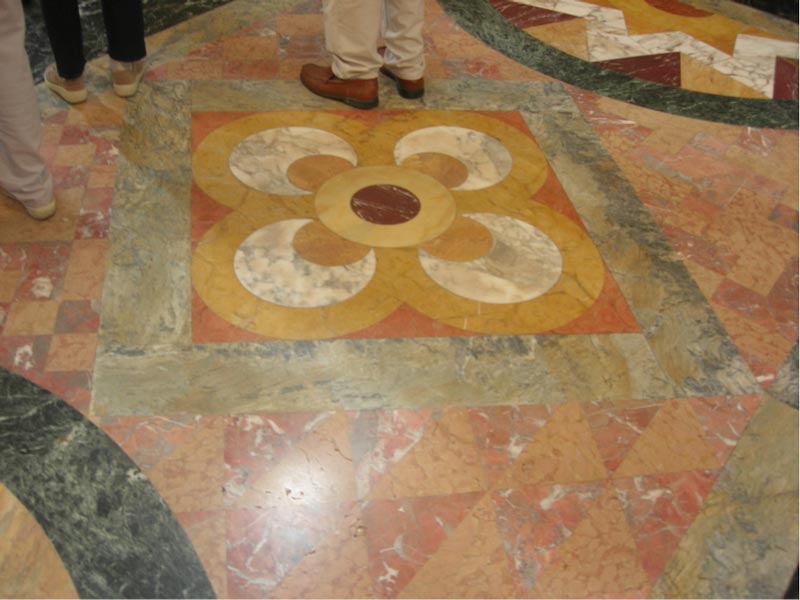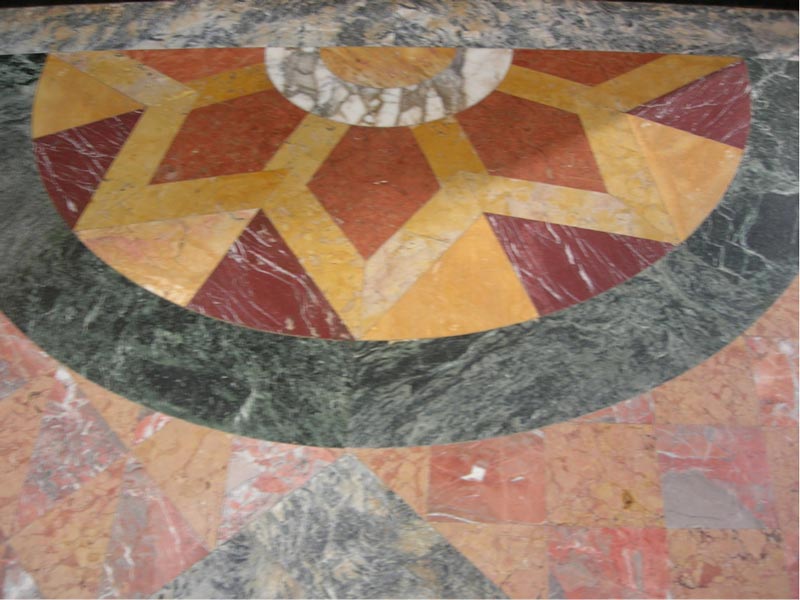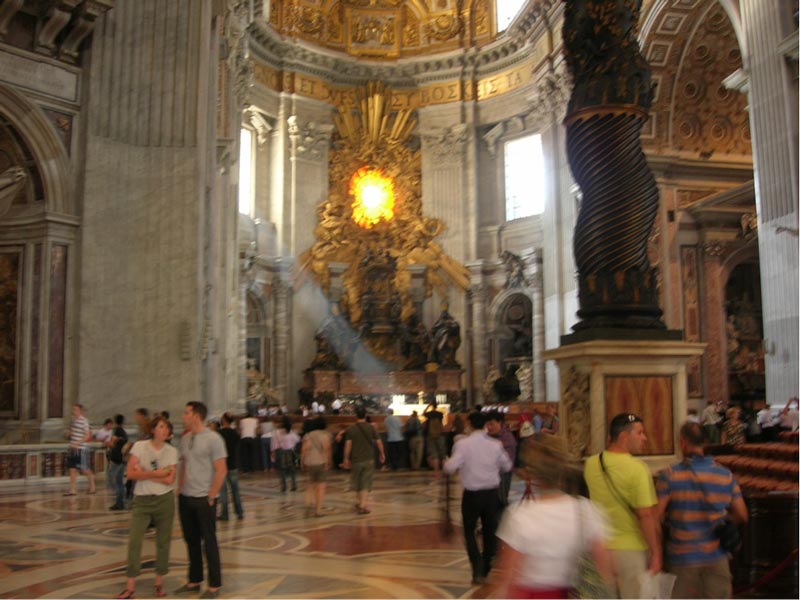Last Updated on May 31, 2019 by Royal Stone Care
While I know that this website and blog is primarily about the care of marble, I thought I’d give you a bit of a different story this month. This is about where, in my opinion, the architects should never have used marble in the first place. As we know, it can be a beautiful stone when used properly and cared for correctly. However, I’ve recently seen buildings where caring for the marble is virtually impossible or expensive beyond reason. Fortunately, the buildings are not in London.
Figure 1: The Church of Our Saviour on the Spilled Blood
Church in St Petersburg (The Marble building)
The building I want to talk about today is a church in St Petersburg in North West Russia. There is some disagreement as to the official name of the church. The Church of the Resurrection of Christ seems to be the favourite, but everyone knows it as The Church of Our Saviour on the Spilled Blood. The reason for that name lies in why the church was built in the first place. In March 1881, Tsar Alexander 2nd was travelling in his carriage along one of the banks of the Griboedov Canal when an anarchist conspirator threw a bomb at his carriage. The tsar wasn’t hurt so he got out to have words with the man whom he considered had thrown the explosive device. That was a rather fatal mistake as there was more than one man with a bomb and the second one went off killing both the tsar and the anarchist. In commemoration of the event it was decided to build a church on the spot where the incident happened. The site is a bit unusual in that in order to get the exact spot, they built out into the canal a few feet.
The church is very ornate in its structure both inside and out. Onion domes and decorative stone cornices and quoins outside; marble, mosaics, paintings and painted wall decoration inside. All done in a medieval Russian style. Unfortunately, only 10 years after its completion, the Russian revolution took place and the church was ransacked and badly damaged. Unlike many other churches in the following few years, it did survive the ravages of the anti-religious Bolsheviks. During the 2nd world war it was used as a temporary morgue and afterwards as a vegetable warehouse. Can you imagine the abuse it would get while serving as a warehouse? Trollies and metal wheeled barrows running up and down scratching the surface. Acid from the fruit and veg draining on to the floor and staining it and being ground in by the workers boots. I am not talking about slabs of marble either. These were decorative shaped works of art.
Marble floors in Vatican / Rome
Today, it has been renovated back to what it was like when it was first built. I’ve included a few photographs so you can see how the floor looks now. Still not all is well though. The church is now a heavily trafficked tourist site and not used as a place of worship at all. This means that the soft marble has a lot of wear and is still not in the best of condition in regard to looking good. There is no highly polished finish to it. I have seen the Vatican in Rome has marble floors in public viewing areas and these floors are in much better condition and probably get even more footsteps on them too. So, this shows that caring properly for marble floors is possible and is worthwhile.
Figure 2: The Church of Our Saviour on the Spilled Blood
Figure 3: The Vatican in Rome
If you are in the London area, you will be able to call on Royal Stone Care to help keep your marble surfaces looking good! Even if you do get as much foot traffic as the Vatican.




